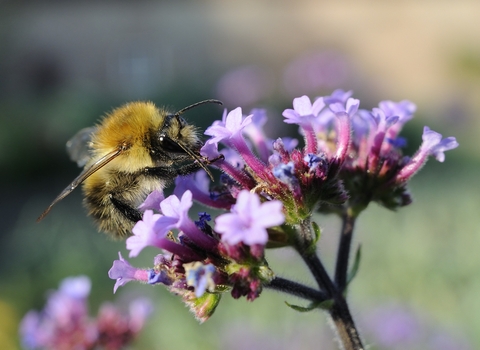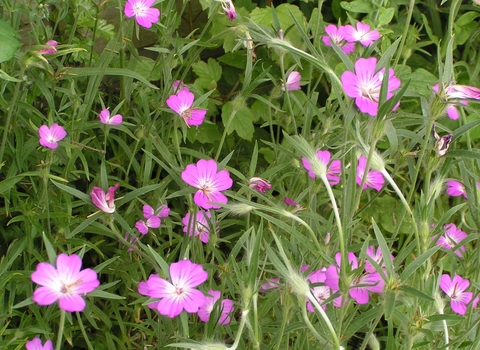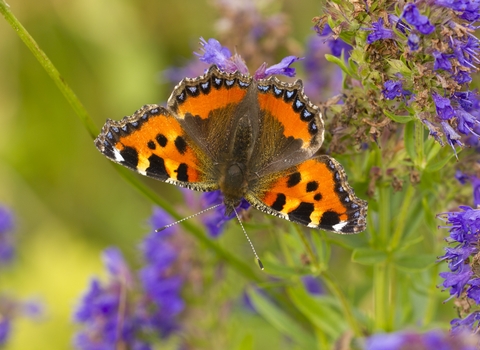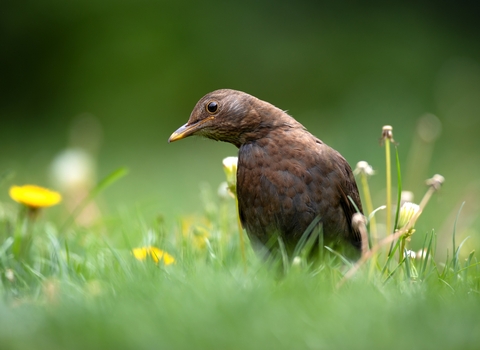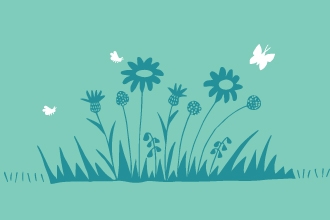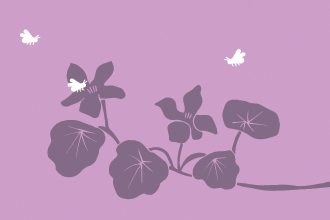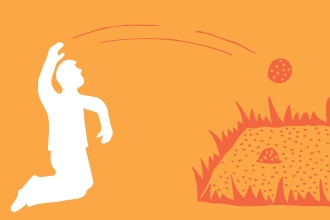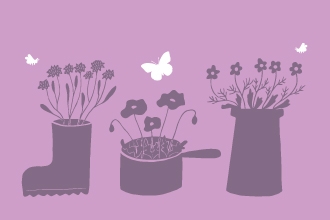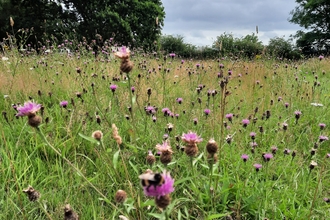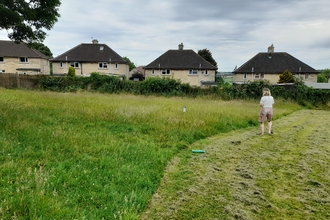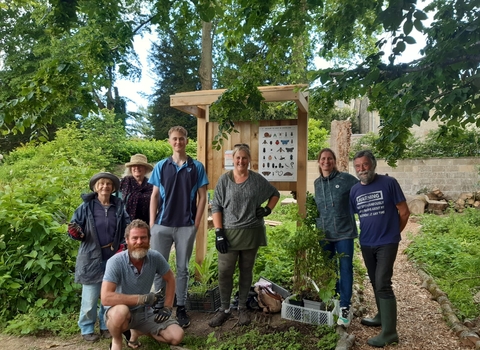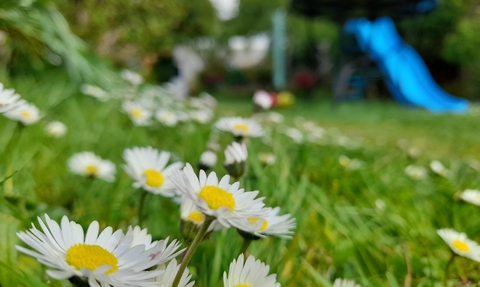
Team Wilder Wild patches and Mini Meadows
Create a Mini Meadow in your Garden
If you have taken part in No Mow May, then you will know that there may be a hidden seedbank in your lawn, waiting for the opportunity to grow and bloom. You can leave all or just part of your lawn to see the benefits spring to life. Take action for nature by doing nothing at all! Does this sound good? It does to us, as well as to the bees, butterflies and local wildlife.
There are so Many Benefits of a Mini Meadow
- Increase the quality of your soil, the health of your plants & reduce pests
- Allow your pollinators to flourish and you’ll see new flowers pop up
- Help out bees, beetles, butterflies, moths, wasps, flies and more
- Provide more food and shelter for bats, birds, hedgehogs and many more
Real Mini Meadows Pictures from Avon
Your actions all add up and play a hugely important role in the climate and ecological emergency. The total area of gardens in the UK is greater than the total area of reserves. Changing the way we look after our gardens collectively makes a difference.
Crocuses, primroses, lesser celandine, dandelions, daises, oxeye daises, ribwort plantain, field forget me nots, orange and yellow hawk weed, catsear, selfheal purple and pink, ragwort, white clover, field stichwort, birdsfoot trefoil, cinquefoil, hairy bittercress, shepherds purse and I’m sure there’s others, I also intend to add lady’s smock, pignuts, bugle, crow garlic, chives, shamrock, red clover.
A little extra help to create a mini meadow
Sometimes No Mow May or a wild patch doesn't show the results you'd like to see. If you've left an area to grow wild and you'd like to increase the wildflowers growing, planting seeds and plug plants is a great place to start. Mini meadows change over time, as grasses and plants take over the space.
Convert your lawn or an area of your lawn into a mini meadow and marvel at the beauty, feel smug about the minimal maintenance required (just the initial preparation at the start) and do your bit for local wildlife.
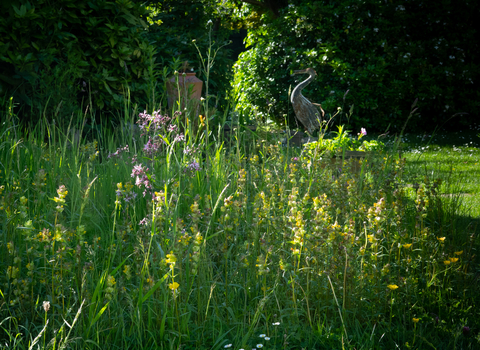
Stephanie Chadwick
Create a mini meadow at home
If you'd like to see more wildflowers in your garden, 10m2 mini meadow packs are available from Grow Wilder.
The great news is that this pack is suitable for beginners: you don't need any wildflower knowledge or experience to make this work. Everyone should be able to experience the benefits of a mini meadow.
Wildflowers in a pot are important too
You don't have to have a garden to create a mini meadow. Pots, containers, window boxes, patios and balconies are all important spaces for pollinators and potential green corridor links. Vertical gardening is a good way to maximise space.
Suggested beautiful and complimentary wildflower pots, as advised by Grow Wilder:
Plant pot: oxeye daisy, common knapweed, bird's-foot trefoil
Window box: small scabious, bird's-foot trefoil, common toadflax
Plant pot: wild marjoram, yarrow, salad burnet.
Container: a mix of any of these listed above.
Avon Wildlife Trust
The Bigger Picture: Protecting Local Meadows
All actions all add up and play a hugely important role in the climate and ecological emergency. The total area of gardens in the UK is greater than the total area of reserves. Changing the way we look after our gardens collectively makes a difference. It's bigger than us and our gardens are linked to other local open spaces, parks and grass verges. The UK has lost over 97% of flower rich meadows and grassland in the past century.
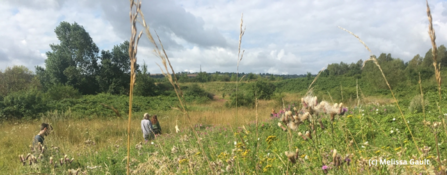
Melissa Gault
With thanks to the heritage lottery fund we’ve been working with volunteers to look after and enhance Hawkfield Meadow – a valuable patch of remnant countryside in South Bristol which is home to the rare small blue butterfly and carrot mining bee.
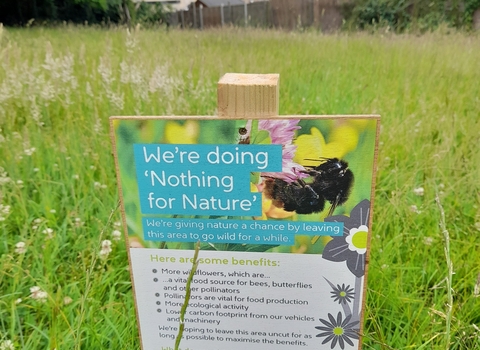
Blooming Whiteway
Community Wildflower Meadows
Actions to take to help protect local wildflower meadows include:
- Sharing knowledge, creating interest and highlighting the benefits of the meadows to other people.
- When you share the beauty of what you see, it makes other people aware of what is there and appreciate what is growing and the benefits this brings to local wildlife. Take pictures, share them on socials and local community groups.
- Get educated - apps such as iNaturalist are free and help identify species. You may discover that rare plant species or wildlife in the area. Such as at Hawkfield Meadows, where local groups discovered rare species.
- Create a community wildflower meadow. The link below shows collective advice from local community groups who successfully created a wildflower meadow.
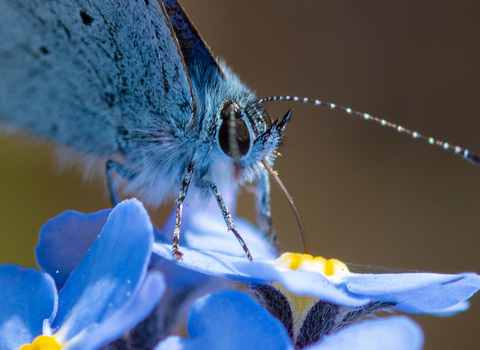
(C) George Cook
Be part of Team Wilder
All actions for nature collectively add up and creates life for people and wildlife.
Share your actions for nature, like Tom by sharing and tagging @avonwt on social media and
Log your actions for nature on the map

